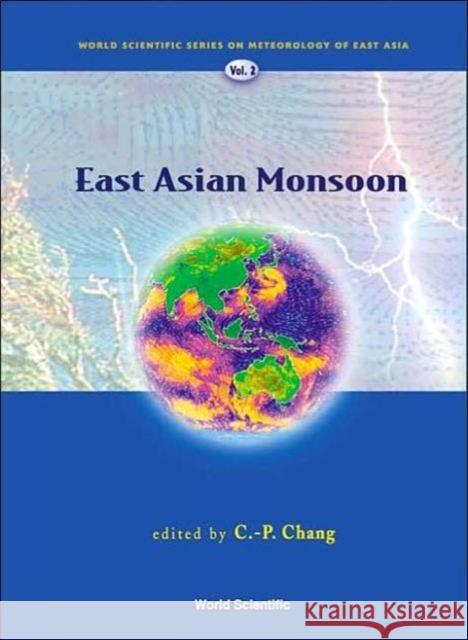East Asian Monsoon » książka
East Asian Monsoon
ISBN-13: 9789812387691 / Angielski / Twarda / 2004 / 572 str.
The East Asian summer monsoon has complex space and time structures that are distinct from the South Asian summer monsoon. It covers both subtropics and midlatitudes and its rainfall tends to be concentrated in elongated rain belts that stretch for many thousands of kilometers and affect China, Japan, Korea, and the surrounding areas. The circulation of the East Asian winter monsoon encompasses a large meridional domain with cold air outbreaks emanating from the Siberian high and penetrates deeply into the equatorial Maritime Continent region, where the center of maximum rainfall has long been recognized as a major planetary scale heat source that drives the global circulation during boreal winter. The East Asian summer monsoon is closely linked with the West Pacific summer monsoon, and the East Asian winter monsoon is directly connected with the Australian summer monsoon. They are all part of the global climate system and interact with the El Nino-Southern Oscillation (ENSO) and other oscillations in the Pacific and Indian Oceans. Because of its impacts on nearly one-third of the world's population and on the global climate system (including effects on the climate change), the study of the East Asian monsoon has received increased attention both in East Asian countries and in the United States. This book presents reviews of recent research on the subject.











